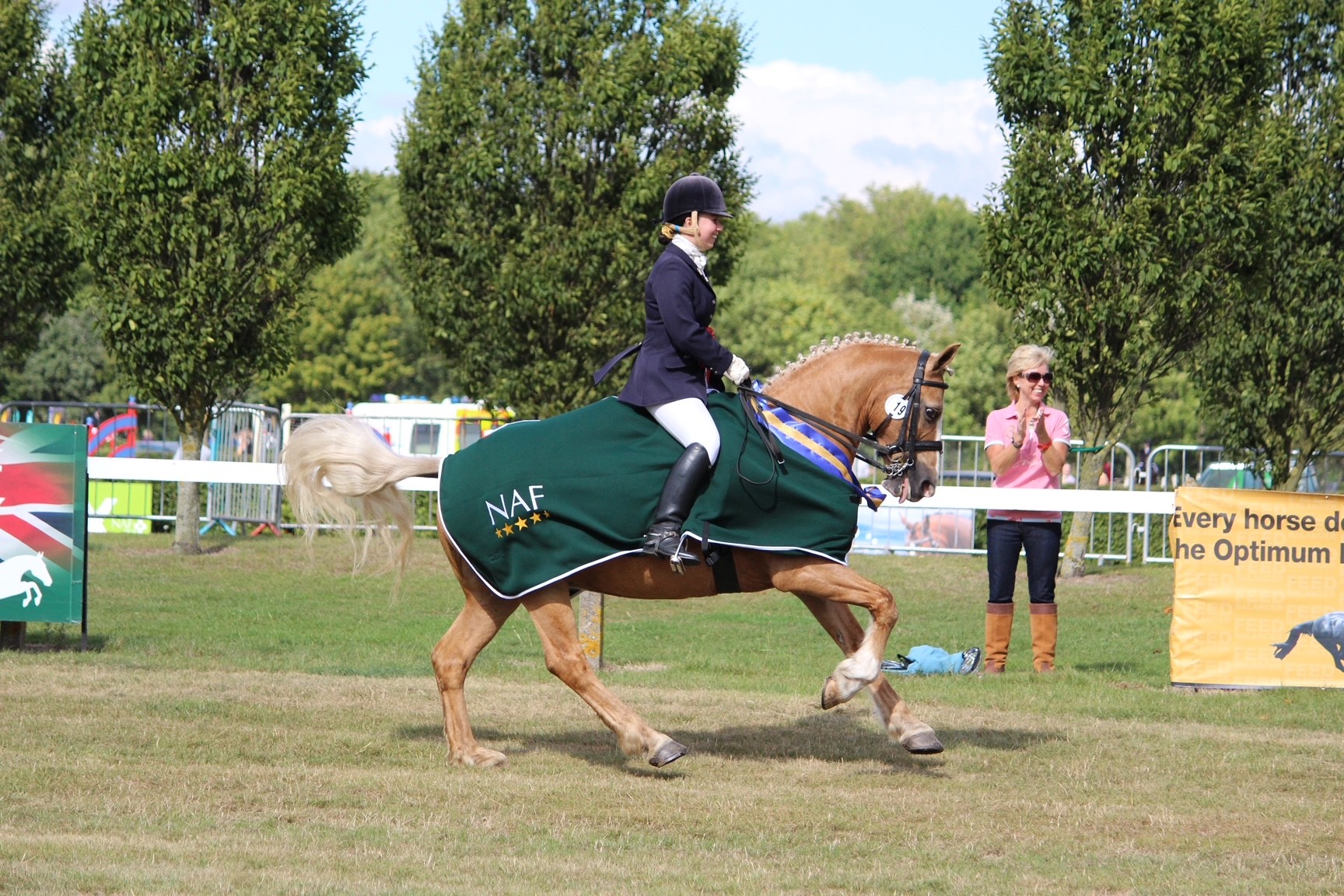OLS Solicitors Blog
Essential Tips for Drafting Horse Loan Agreements

Introduction
In my role as the Head of Equine Law at OLS Solicitors, I have witnessed numerous cases where poorly drafted or non-existent loan agreements for horses have caused significant challenges for clients. A carefully crafted loan agreement is crucial in clarifying the expectations and responsibilities of both the horse owner and the loanee. In this blog post, I will provide some key considerations and expert advice on drafting a robust loan agreement for horses.
1. Identification of the Horse
One of the fundamental aspects of a horse loan agreement is the clear identification of the horse involved. It is essential to document specific details such as the horse’s name, age, breed, and any identifying marks. This will help prevent any disputes or confusion regarding the horse in question.
2. Duration of the Loan
Specify the start and end dates of the loan period in the agreement. Additionally, consider incorporating provisions for extending the loan period if both parties mutually agree. Clearly defining the timeframe ensures transparency and avoids any misunderstandings.
3. Financial Responsibilities
A well-drafted loan agreement should clearly outline the financial obligations of each party. It is vital to define who will bear the costs associated with veterinary care, farriery, insurance, and daily maintenance. This explicit identification of responsibilities prevents unexpected disputes and ensures smooth coordination between the parties involved.
4. Use of the Horse
Define the specific purposes for which the horse may be used during the loan period. This includes specifying the types of riding activities, competitions, and any breeding restrictions. Clearly delineate the permitted activities to protect the horse’s welfare and prevent any unauthorized use.
5. Termination Conditions
Include conditions under which the loan agreement can be terminated by either party. This section should cover scenarios such as a breach of agreement, the horse’s illness, or if the horse becomes unsuitable for the loanee. Setting forth termination clauses ensures that both parties are aware of the circumstances that can lead to the agreement’s conclusion.
6. Insurance
It is strongly advisable to have the horse insured during the loan period. The loan agreement should clearly state who is responsible for obtaining and paying for the insurance coverage. Insuring the horse safeguards against potential risks and ensures adequate protection for all parties involved.
7. Dispute Resolution
An effective loan agreement should include a process for resolving disputes should they arise. Consider outlining a procedure that includes mediation as the initial step before pursuing any legal action. This approach encourages dialogue and can often lead to amicable solutions.
Conclusion
Drafting a comprehensive loan agreement is essential for the well-being of the horse and the protection of both the horse owner and the loanee. By following the key considerations discussed in this blog post and seeking legal advice when necessary, you can establish a strong contractual foundation that minimises the risk of disputes. Remember, a well-drafted loan agreement promotes transparency, safeguards the interests of all parties involved, and ultimately contributes to a positive and mutually beneficial horse loan experience.
If you require expert advice or assistance in drafting a loan agreement, please feel free to reach out to the equine law team at OLS Solicitors.

